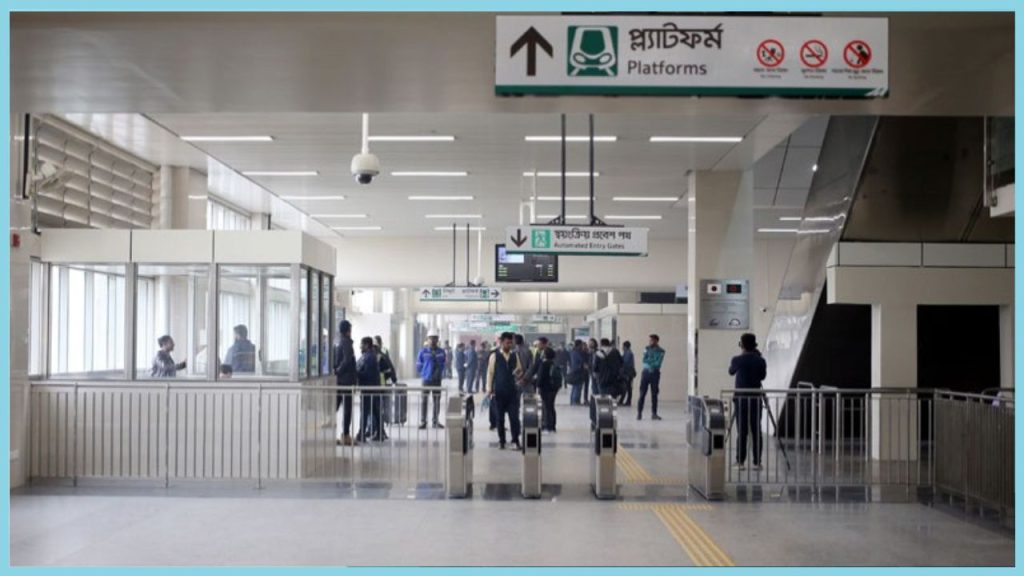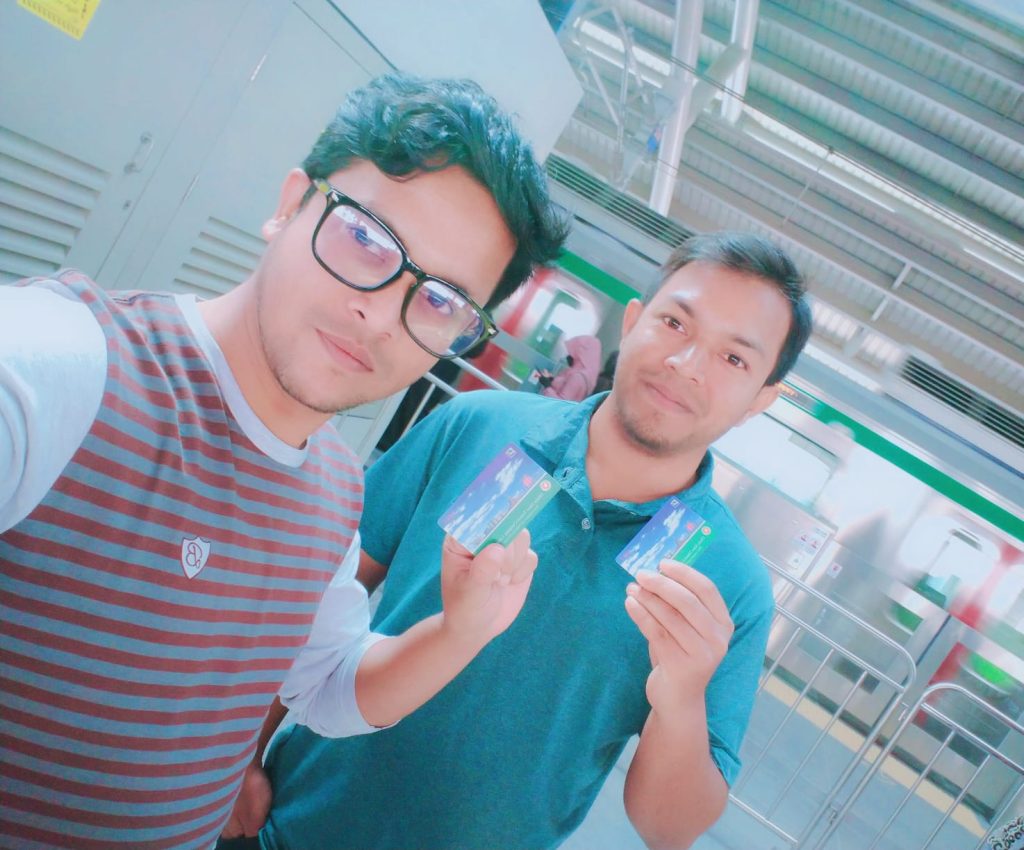Metro Rail in Bangladesh a New Era of Urban Transportation
Bangladesh has taken a major step towards modern urban mobility with the introduction of the metro rail system, a transformative project aimed at alleviating traffic congestion and enhancing public transportation in the country’s bustling cities. This article explores the history, significance, development, and future prospects of the metro rail in Bangladesh, particularly focusing on Dhaka, the capital city.
Background and Need for Metro Rail in Bangladesh
Dhaka, with a population exceeding 20 million, is one of the world’s most densely populated cities. The city has long struggled with severe traffic congestion, leading to economic losses, environmental pollution, and reduced quality of life. According to studies, Dhaka’s traffic congestion costs the economy billions of dollars annually in lost productivity and increased fuel consumption.
The need for an efficient, reliable, and sustainable public transportation system became evident as the city’s population and urbanization continued to grow. The metro rail system emerged as a solution to address these challenges, promising to revolutionize urban transportation by reducing travel time, easing traffic, and improving air quality.
Development of the Metro Rail System in Bangladesh
The metro rail system in Dhaka, officially known as the Mass Rapid Transit (MRT), is a flagship infrastructure project under the Ministry of Road Transport and Bridges. The development of the metro rail is part of the broader “Strategic Transport Plan” for Dhaka, initiated to create an integrated public transportation network.

MRT Line-6: The First Metro Line
MRT Line-6, the first metro rail line in Bangladesh, is a 20.1-kilometer elevated railway connecting Uttara in the north to Motijheel in the south. The project, implemented by the Dhaka Mass Transit Company Limited (DMTCL), is being constructed with technical and financial assistance from the Japan International Cooperation Agency (JICA).
Key features of MRT Line-6 include:
Stations: The line consists of 16 stations, designed to facilitate easy access for passengers.
Capacity: Each train can accommodate approximately 2,300 passengers, significantly reducing the number of private vehicles on the roads.
Speed: Trains can travel at speeds of up to 100 km/h, reducing travel time across the city.
Environmentally Friendly: The system is powered by electricity, contributing to reduced carbon emissions compared to conventional modes of transport.
Construction began in 2012, and the first phase, from Uttara to Agargaon, was inaugurated on December 28, 2022. The second phase, extending to Motijheel, is expected to be completed by 2024, with further plans to extend it to Kamalapur Railway Station.
Benefits of the Metro Rail System
The metro rail system offers numerous benefits that extend beyond just transportation:
Reduced Traffic Congestion: By providing a reliable alternative to road transport, the metro rail helps decongest Dhaka’s roads, reducing travel time for commuters.
Economic Growth: Improved transportation facilitates business activities, reduces logistics costs, and enhances productivity, contributing to economic growth.
Environmental Sustainability: The electric-powered metro rail significantly lowers greenhouse gas emissions and reduces air pollution.
Enhanced Quality of Life: Commuters can enjoy safer, faster, and more comfortable journeys, improving their overall quality of life.
Urban Development: The metro rail has spurred urban development along its route, leading to increased property values and commercial activities in the surrounding areas.

Challenges in Metro Rail Implementation
While the metro rail project is a significant milestone, it has faced several challenges during its implementation:
High Construction Costs: The metro rail project is capital-intensive, with MRT Line-6 alone costing approximately $2.8 billion. Securing funding and managing costs have been ongoing challenges.
Land Acquisition: Acquiring land in a densely populated city like Dhaka is difficult and often leads to delays and increased costs.
Technical Expertise: Developing and operating a modern metro rail system requires advanced technical knowledge and skilled personnel, which were initially limited in Bangladesh.
Integration with Existing Transport: Ensuring seamless integration between the metro rail and other modes of transport is crucial for maximizing its efficiency.
Future Expansion Plans
The success of MRT Line-6 has paved the way for the expansion of the metro rail network in Dhaka and other cities. The government has planned several additional lines to create a comprehensive urban transit system:
MRT Line-1: A 31.24-kilometer line connecting Dhaka Airport to Kamalapur Railway Station, with an extension to Purbachal. This line will include both underground and elevated sections.
MRT Line-2: A proposed north-south line connecting Gabtoli to Chattogram Road.
MRT Line-4: A line designed to connect Kamalapur to Narayanganj.
MRT Line-5 (Northern Route): Connecting Hemayetpur to Vatara, passing through Gabtoli, Mirpur, and Gulshan.
MRT Line-5 (Southern Route): Linking Gabtoli to Aftabnagar.
These lines aim to create an integrated metro network covering key areas of Dhaka, addressing the city’s long-term transportation needs.
Public Response and Adaptation
The introduction of the metro rail has been met with enthusiasm by the public. Many see it as a symbol of modernization and progress. However, adapting to a new mode of transportation has also required a cultural shift, as commuters familiarize themselves with ticketing systems, station etiquette, and train schedules.
Public awareness campaigns and educational programs have played a crucial role in ensuring a smooth transition to metro rail usage.

Economic and Social Impact
The metro rail system is expected to have far-reaching economic and social impacts. It has already created thousands of jobs during the construction phase and will continue to generate employment opportunities for operations and maintenance.
Moreover, the improved connectivity is expected to boost economic activities, attract foreign investment, and enhance the global image of Dhaka as a modern metropolis.
Socially, the metro rail provides an inclusive transportation option, benefiting people from all walks of life, including women, children, and persons with disabilities. Features such as designated seating, accessibility ramps, and priority services ensure that the metro rail caters to diverse needs.

Lessons for Other Cities in Bangladesh
The success of Dhaka’s metro rail system serves as a blueprint for other cities in Bangladesh, such as Chattogram, Khulna, and Sylhet, which also face urbanization challenges. By learning from Dhaka’s experience, these cities can implement their own metro rail systems more efficiently. Click here

Conclusion
The metro rail system in Bangladesh represents a transformative step toward sustainable urban development. It is not merely a transportation project but a catalyst for economic growth, environmental sustainability, and social progress.
As Dhaka continues to expand its metro rail network and other cities follow suit, Bangladesh is poised to redefine its urban landscape and improve the quality of life for millions of its citizens. While challenges remain, the metro rail project underscores the country’s commitment to building a modern, inclusive, and efficient transportation system for future generations.

